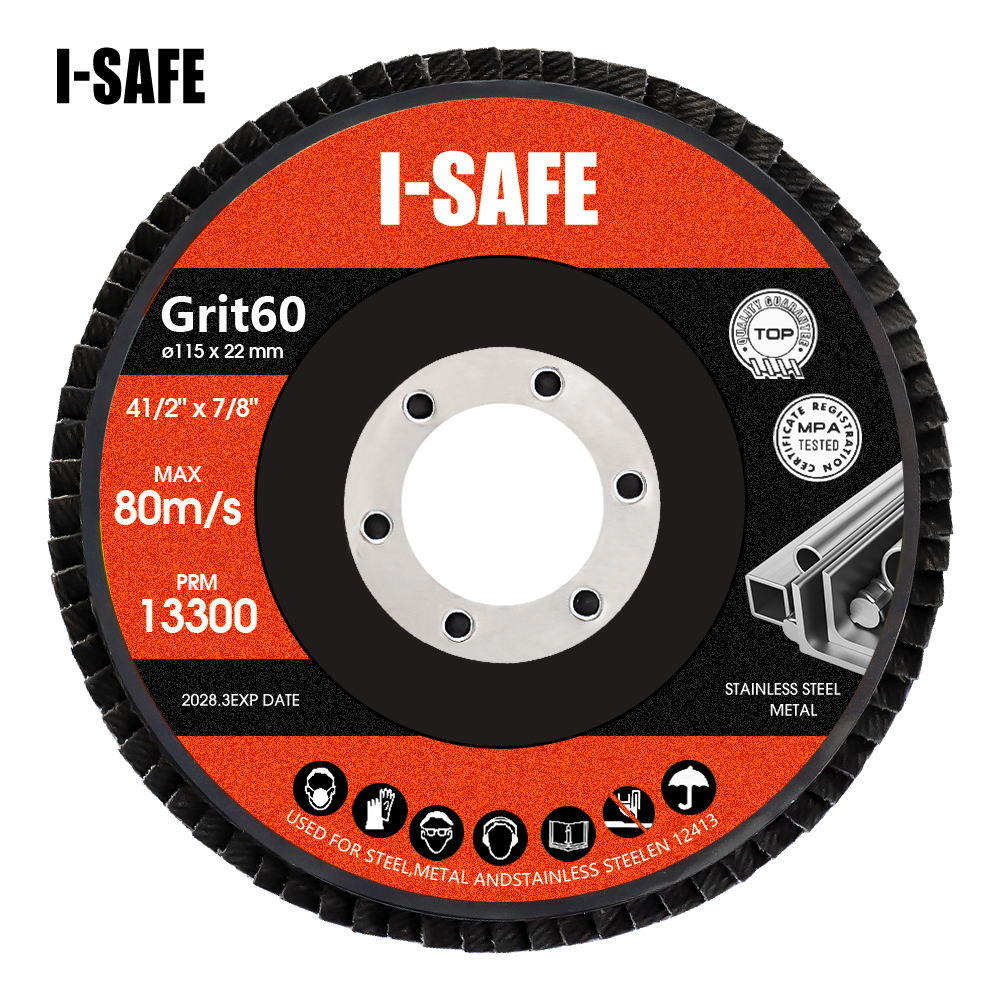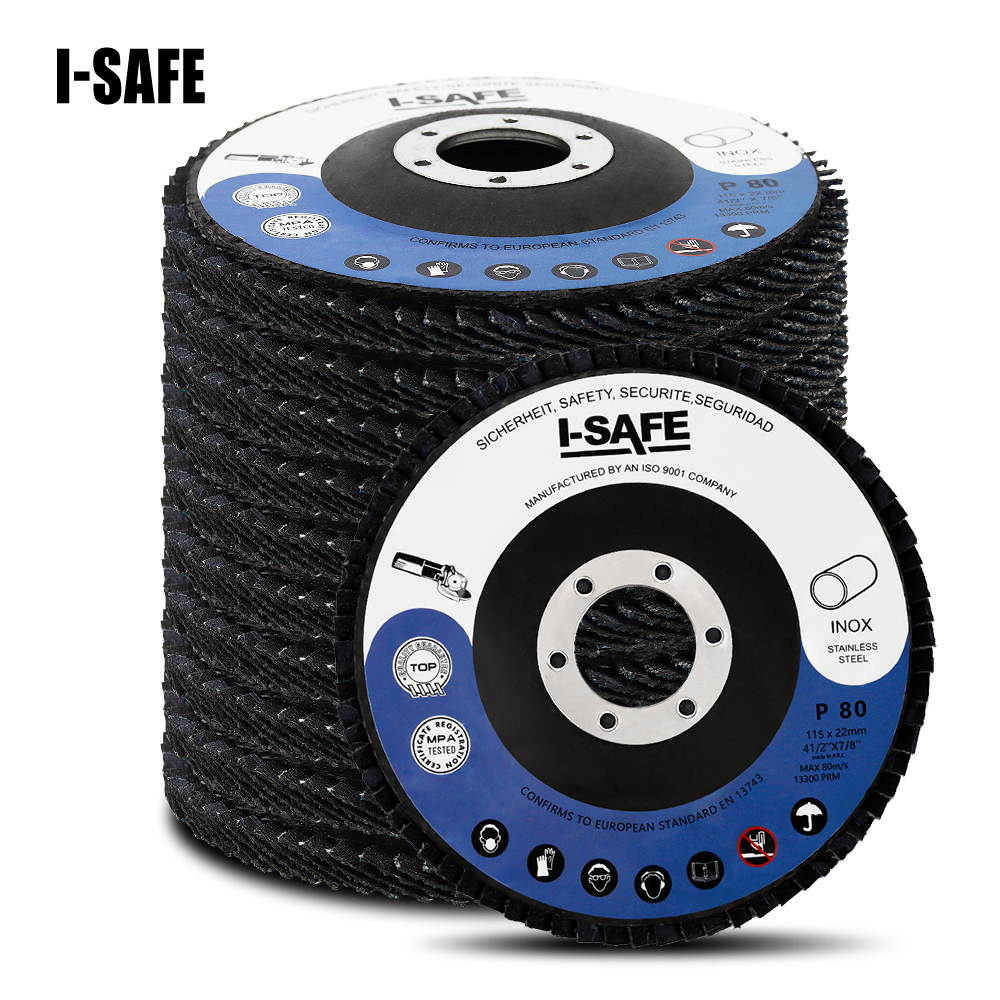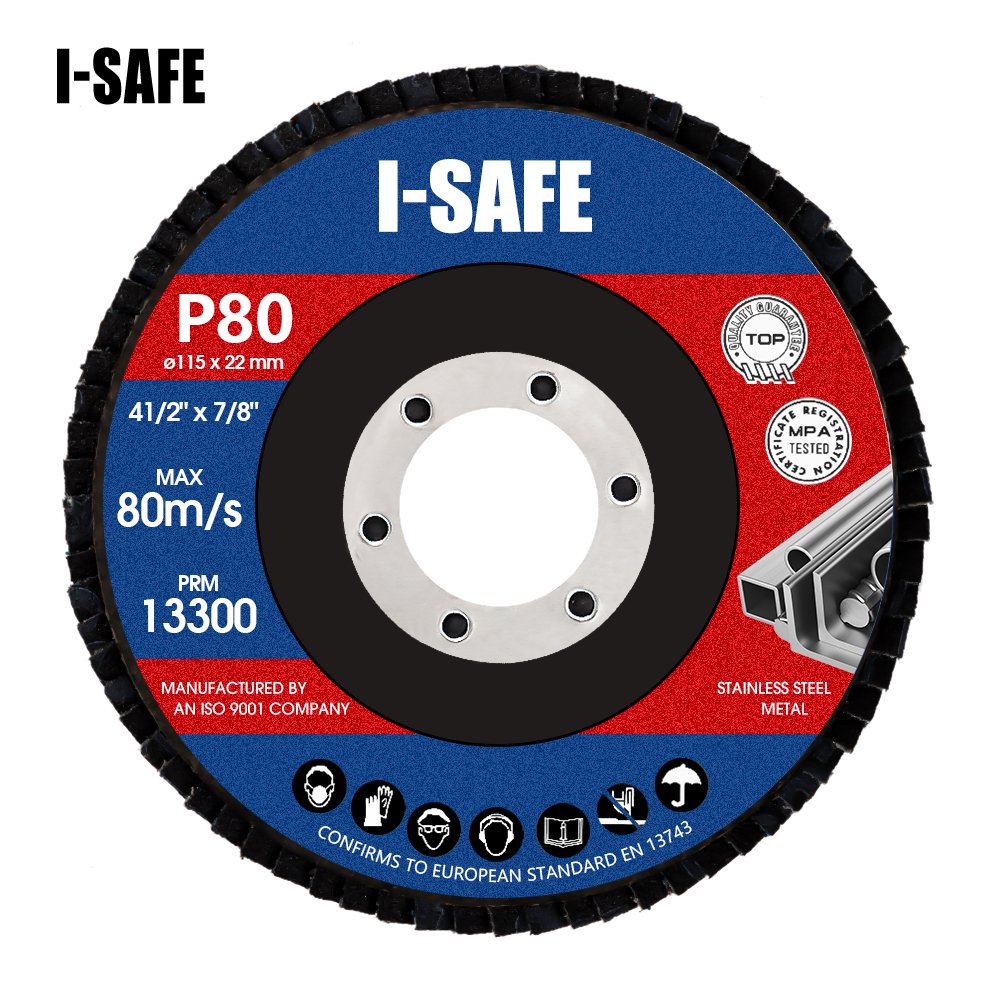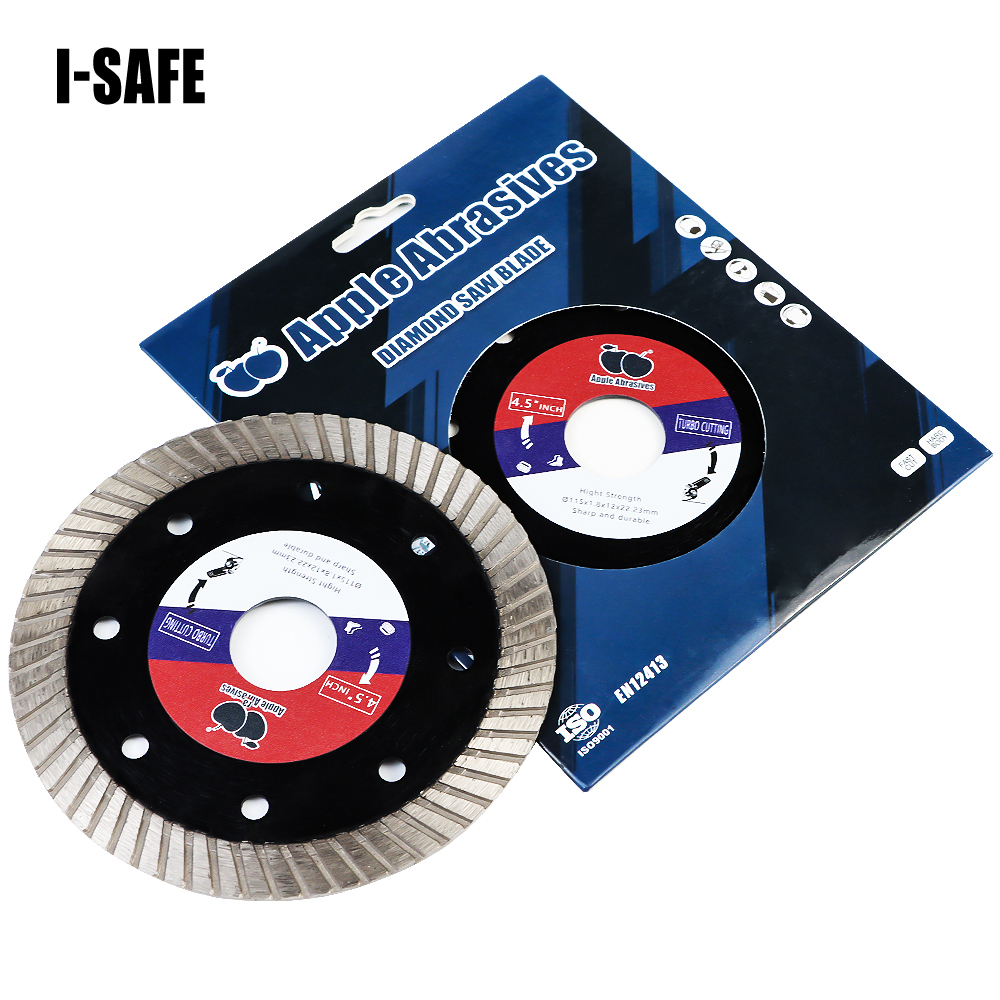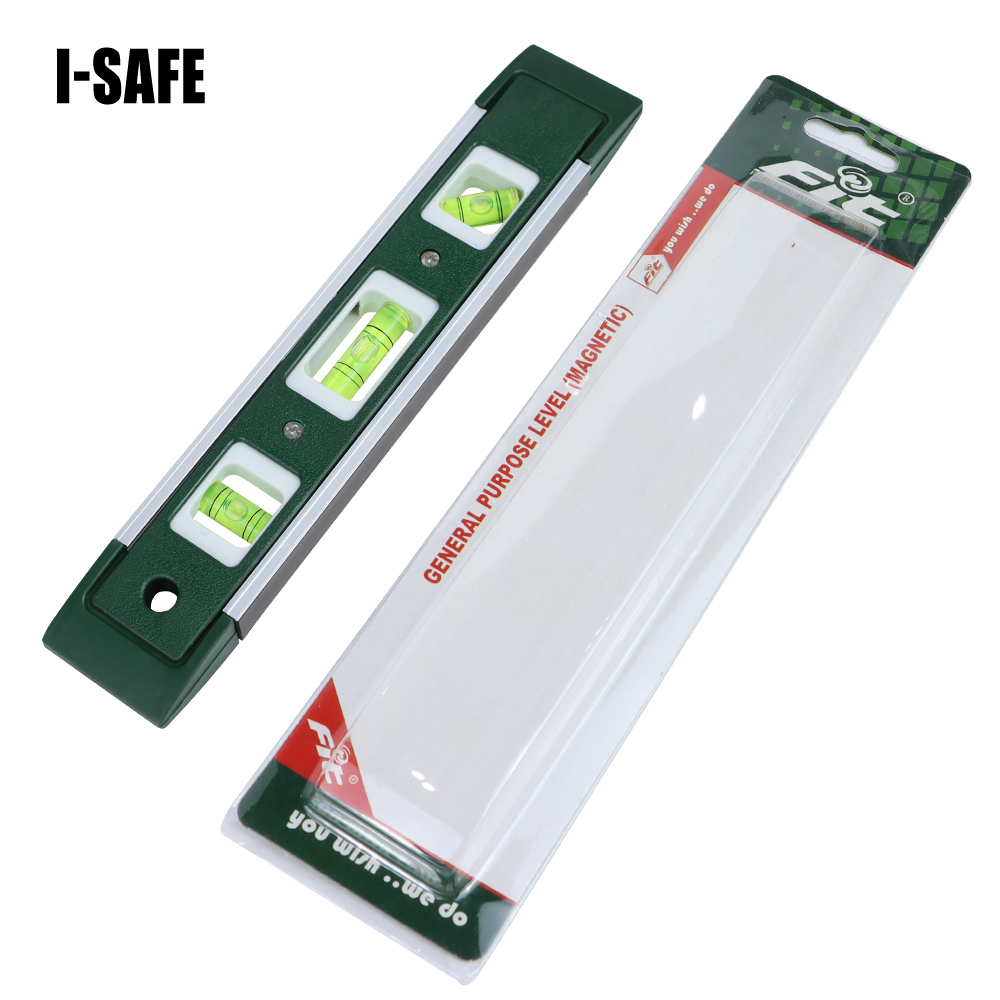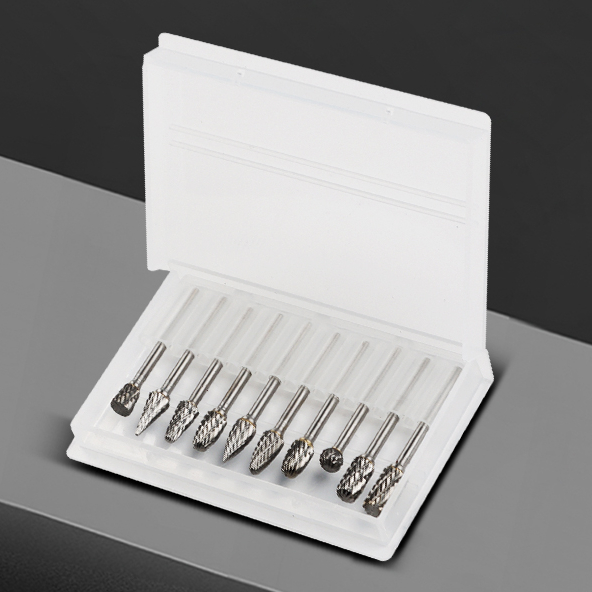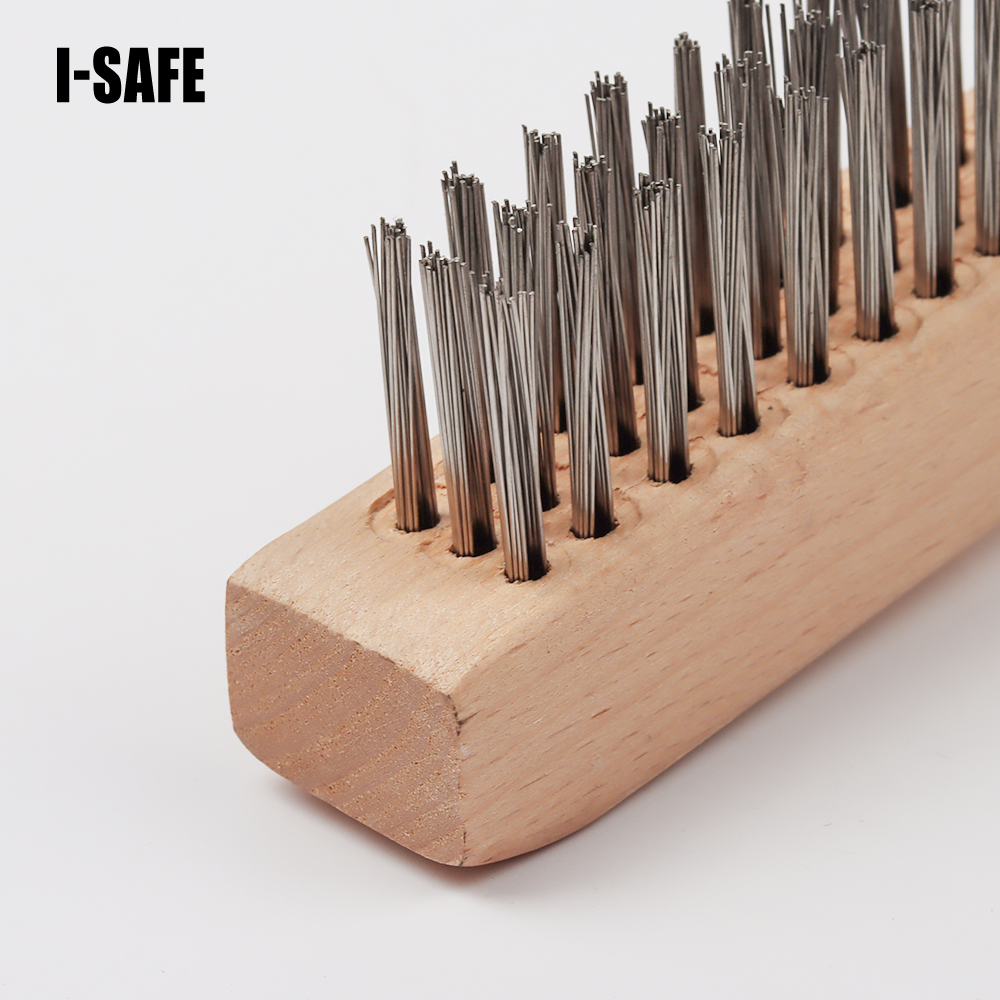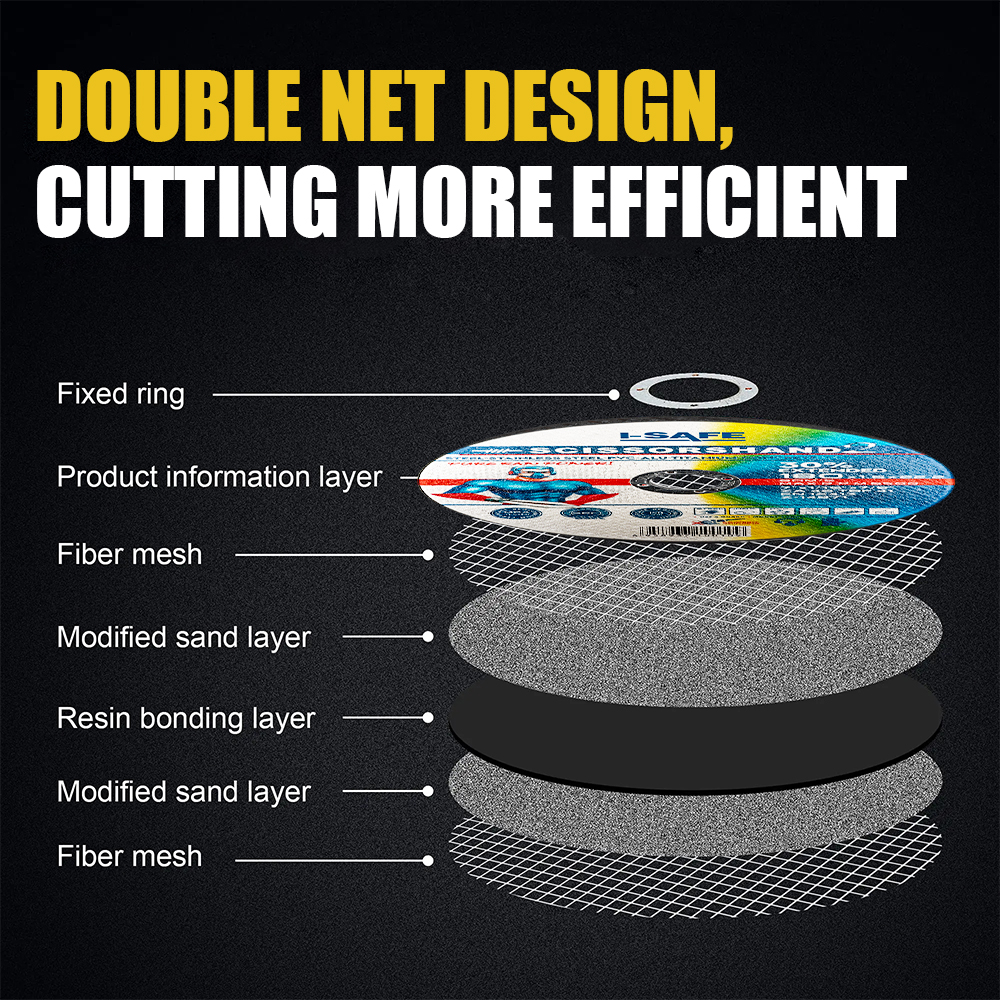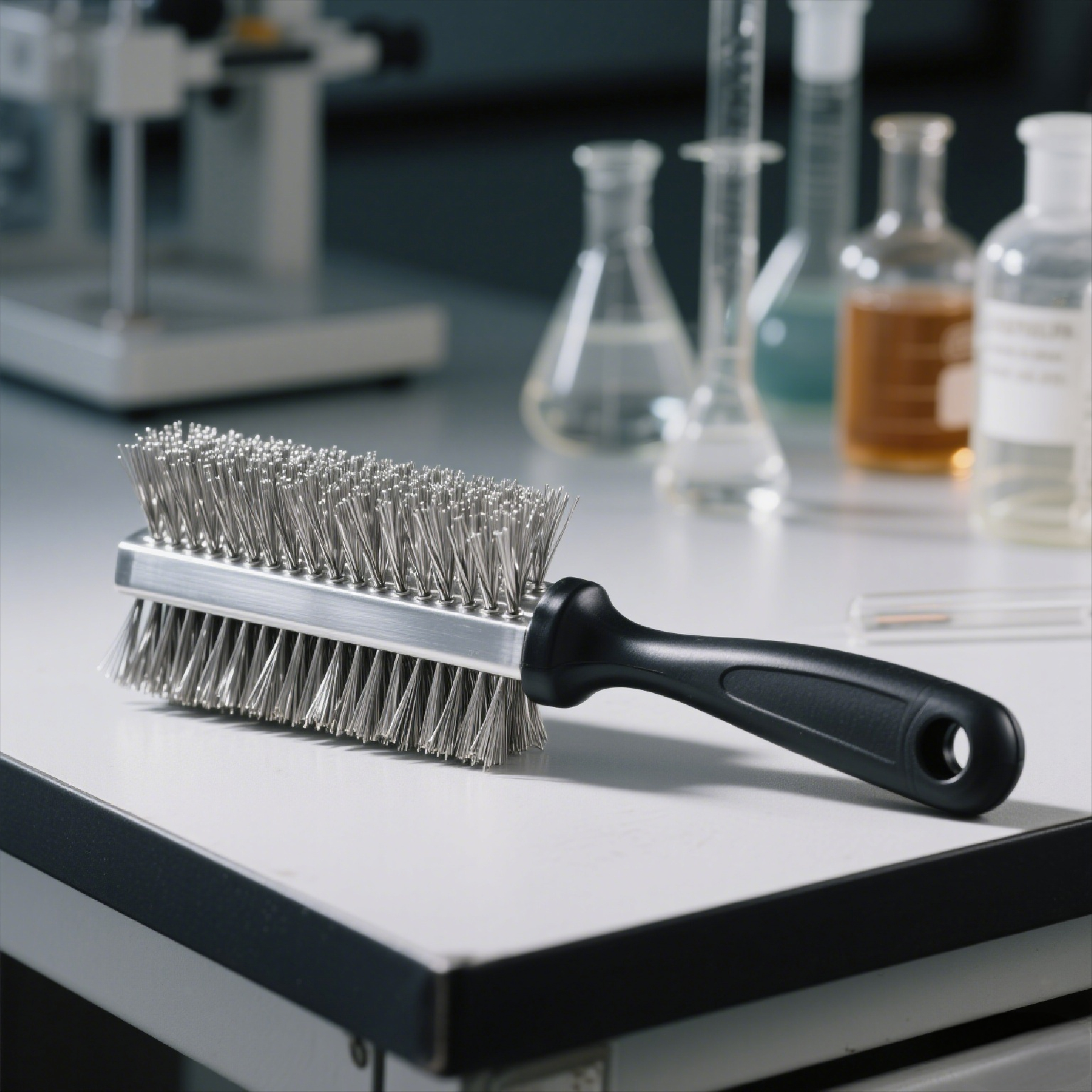When choosing a suitable industrial wire brush, you can consider the following aspects. I'll generate four pictures to illustrate these points with a practical and detailed illustration style.

Surface type
If the surface to be cleaned or treated is flat and large - area, like a steel plate in a metal - processing factory, a straight - wire brush is a good choice.
For irregular surfaces such as the inner walls of pipes or the complex shapes of machine parts, a twisted - wire brush can better adapt to the surface contour.
Material hardness
When dealing with hard materials like high - carbon steel, a wire brush with stiffer bristles is required.
For softer materials such as aluminum, a wire brush with relatively softer bristles should be selected to avoid scratching the surface.
Cleaning requirements
For heavy - duty rust removal or paint stripping, a more powerful wire brush, like a disc wire brush driven by a high - speed power tool, is needed.
For light - duty cleaning or fine - finishing work, a smaller and more flexible brush, such as a cup - shaped wire brush, may be more appropriate.
Tool compatibility
Make sure the wire brush is compatible with the tool you will use. For example, if you are using a hand - held electric drill, choose a wire brush that can be properly installed on it.
Now, I'll generate the pictures. The style of the pictures is a practical and detailed illustration style. The wire brushes all have stainless - steel bristles with a silver sheen. The straight - wire brush has a red handle, the twisted - wire brush has a blue handle, the disc wire brush has a green handle, and the cup - shaped wire brush has a yellow handle.


